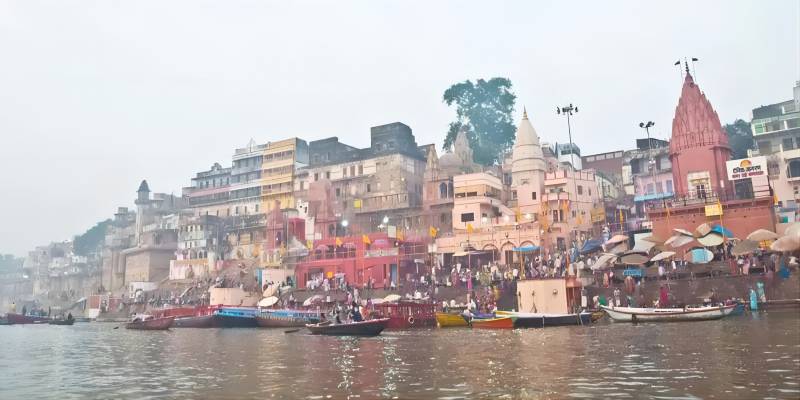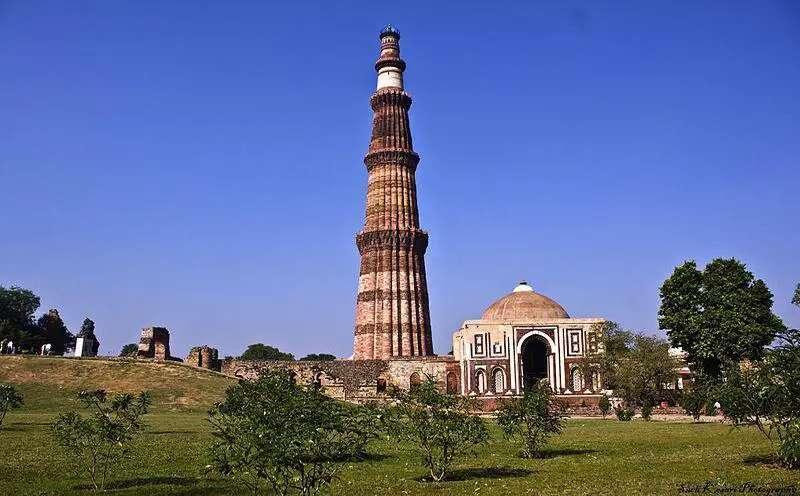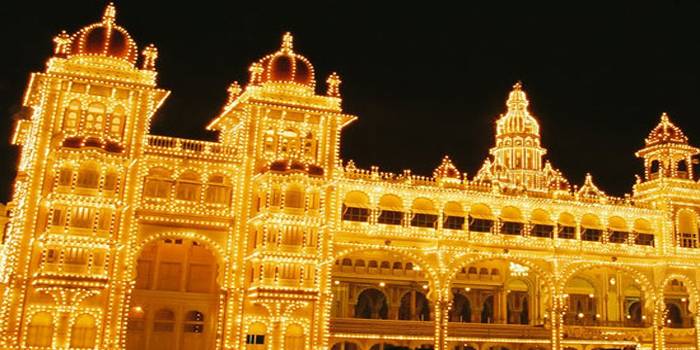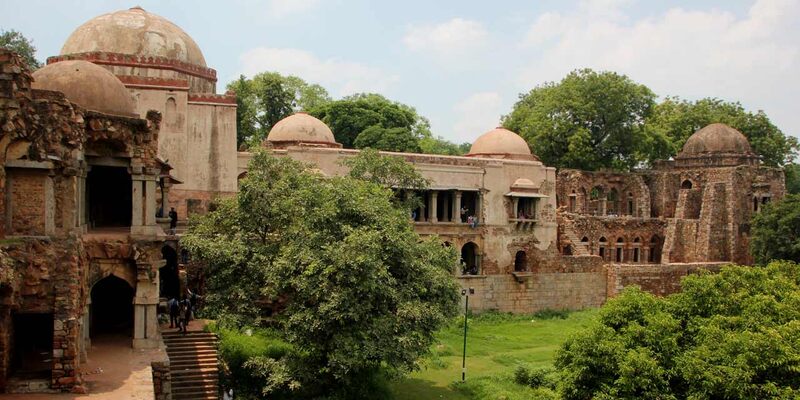Discovering the Rich Heritage of Uttar Pradesh: Road Trips to World Heritage Sites
Mar 15, 2024 By Juliana Daniel
Uttar Pradesh, a microcosm of India, showcases its impressive artifice of tradition, culture, and religion. The paradise is worth visiting, especially for those interested in India's past and present. The state has diverse UNESCO World Heritage Sites, from the architectural wonders, ancient temples, and sacred rivers to your explorative soul's delight. Discover the exact route of the famous landmarks by visiting these historical sites. Explore all corners of Uttar Pradesh and enjoy the real beauty of its heritage while staying close to it.
The Sacred Sojourns (Part I): Varanasi And Its Ghats

If I had to choose just one way for my journey to begin, nothing could be more fitting than a road trip to Varanasi, an ancient Indian city that is the spiritual melting pot. Varanasi, the residence of Shiva, the God of Destroyer, along the holy river Ganga, is dotted with ghats that tell about the place's spiritual enthusiasm and cultural identity. Kicking off at the Dashashwamedh Ghat to the Manikarnika Ghat, where you can almost feel the corral of suppression, this is the city where every single step is a physiological and historical unveiling.
Varanasi: City Of Illumination Forever
- Spiritual Nexus: Among the top longest continually inhabited cities globally, Varanasi stands distinctively high in religious esteem for the Hindus, the Buddhists and all the Jains. It is a singular spiritual nucleus of the vast domain of India.
- Sacred Ghats: From the mythical Dasaswamedh Ghat to the renowned Manikarnika Ghat, the banks of the Varanasi River remain sacred places where people perform rituals, chant Vedic hymns and call to depart from the pains of this world.
- Cultural Heritage: Just as artists and writers throughout generations have been fascinated and have found their source of inspiration due to the amazing arts of music, literature, and visual art from the creative city of Varanasi to becoming a UNESCO City of Music.
Sacred Pilgrimage
- Ganges Rituals: Varanasi ghats depict the panorama of ritual actions that include a daily Ganga Aarti and the solemn ceremonies of final rites, in which the reflection of the eternal life-death cycle is constantly shining.
- Pilgrimage Hub: Contemplating each year, huge numbers of pious souls coming from different parts of the world relocate to Varanasi to immerse entirely in the holy water of the Ganga, offer incantations to their ancestors and pray for a huge number of temples and sanctuaries of Varanasi.
- Cultural Immersion: Roaming along the ancient labyrinths of Varanasi, passing through the bustling markets and familiar temples, allows you to peep into the city's bygone time and ancient traditions.
Splendid Works Of Architecture: Fatehpur Sikri And Qutub Minar

A road trip to Fatehpur Sikri and Delhi unveils two architectural wonders that have stood the test of time: Human ingenuity and artistry demonstrated in the Fatehpur Sikri and the Qutub Minar. Fatehpur Sikri was declared a UNESCO World Heritage Site, and the prosperous city of the Mughal emperor Akbar in the 16th century was once very efficient and productive. The Red Fort now, as it is, with all the well-conserved palaces and monuments, reflects the gigantic splendor of the Mughal Empire.
Fatehpur Sikri: City Of Souls
- Mughal Splendor: The iconic Buland Darwaza and Jama Masjid in red color shaped the skyline of Fatehpur Sikri, imposing the power and magnificence of the Mughal Empire, which blended Persian, Indian, and Islamic styles.
- Historical Legacy: The town - of Fatehpur Sikri -was established in 1571 as the capital of the Mughal Empire. It was considered the symbol of Akbar's imperial magnificence and his fairness and space for all religions. Nevertheless, due to a water shortage, it was moved later.
- Cultural Heritage: It was inscribed in the UNESCO World Heritage in 1986 and functions as an icon of the architectural inheritance of India and a reminder of its glorious history.
- Qutub Minar: Towering Legacy
- Architectural Icon: The perching bifurcation of the 73-meter Qutub Minar stands out as a classic example of Indo-Islamic architecture with its intricate carvings and inscriptions that narrate its enchanting story and become enjoyed by the viewers.
- Historical Significance: The Qutub Minar, which Muslim ruler Qutb-ud-din Aibak built during the twelfth century, symbolizes Islamic rule in India and is a landmark of Delhi's past glory as a rich cultural and political center.
- Cultural Heritage: Included in UNESCO's World Heritage Site List in 1993, the Qutub complex comprises various historical buildings, such as the Iron Pillar of Delhi and Quwwat-ul-Islam Mosque, as India is displayed as a variety of cultural heritage.
Conclusion:
Travelling to the UNESCO World Heritage Sites in Uttar Pradesh turns out to be a journey of personal discovery. Every destination is an informative chapter from the pages of Indian history representing India's cultural brilliance and architectural prowess. Whether you watch the age-old beauty of the Taj Mahal or adore the spirituality of Varanasi, you witness the architectural wonders of Fatehpur Sikri and Delhi; these road trips are unexplorable and unforgettable journeys across the cultural heritage of India.
This elaborate book helps us explore the UNESCO sites in Uttar Pradesh through different road trips that are not only educational but also aim at the spiritual and architectural legacy of the state. From the historical monuments of Agra to the spiritual essence of Varanasi and the architectural wonders of Fatehpur Sikri and Delhi, the journeys through Uttar Pradesh will surely be full of cultural heritage and embellish your journey.





